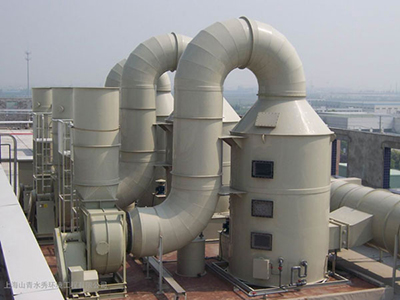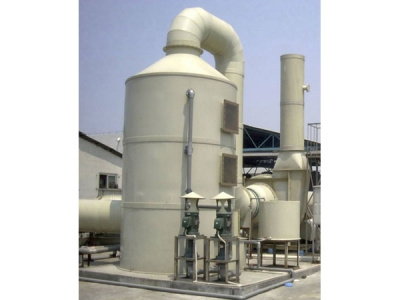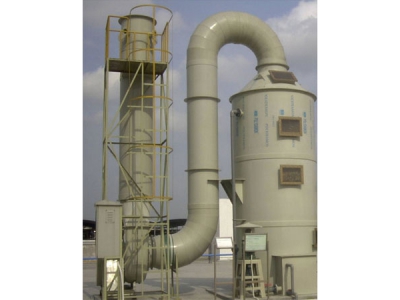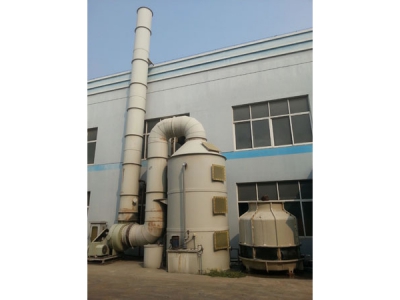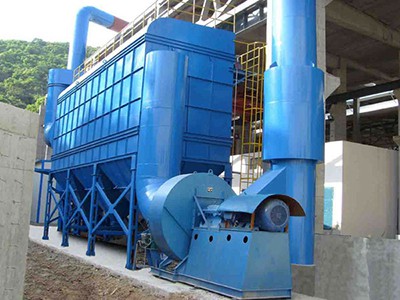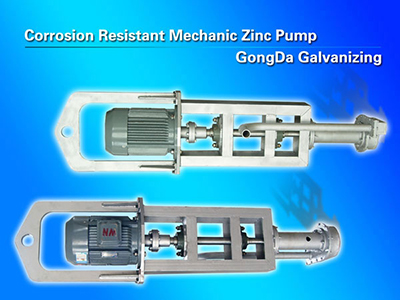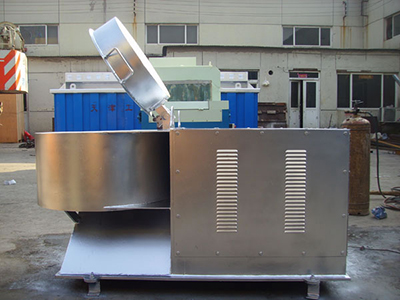Waste Acid Fume Scrubber
Waste acid fume scrubberAs an important environmental protection equipment for galvanizing line, our waste acid fume scrubber can deal with various inorganic acids and organic acids from sulfuric acid, nitric acid, hydrochloric acid, formic acid, acetic acid, and propionic acid, hydrofluoric acid, hydrogen sulfide, and so on.
The sodium hydroxide is used in this waste acid fume scrubber as the neutralization solution to react with the acid fumes. The fume absorption rate is above 95%.
We adopt the anti-corrosive PP material or glass fiber reinforced plastics composite material for pollution control device for galvanizing. The features include high efficiency, great anti-corrosive performance, high strength, low working noise, low energy consumption, small size, excellent durability, convenient installation and mounting, attractive appearance, and so on.
Main structure of the waste acid fume scrubber
- The fluid storage tank, fluid supplementary tank and the round tube of the air inlet are made of PP material or glass fiber reinforced plastics composite material. The pumping pipe comes with a fluid filtering device.
- Both of the first and secondary spaying sections of the waste acid fume scrubber come with plastic or stainless steel nozzle. PP filtering materials are chosen, and a view window is available outside the tower.
- A baffle is added to the water baffling section to improve the water baffling performance.
- The air outlet and matching cover.
- Anti-corrosive centrifugal fan for ventilation
- Plastic water pulp or stainless steel centrifugal pump
- Other components of our waste acid fume scrubber include valves for plastic pipes, fixing bracket, ladder for maintenance, air inlet pipe, cover for air extraction device, etc.
Process flow
The acid fume will be pump into or suck into the air inlet pipe by a centrifugal fan. It goes up to the first filtering layer and reacts with the neutralization solution sprayed by the first group of nozzles of our waste acid fume scrubber. The remaining fume goes to the second filtering layer where it reacts again with the neutralization solution sprayed by the second group of nozzles. Then the flow will go through a rotational flow baffle and get expelled through a ventilation cap and exhaust duct, or a ventilation fan. The final exhaust can reach the related environmental protection standards. After absorbing acid fume, the neutralization solution will be recycled by a pump.


